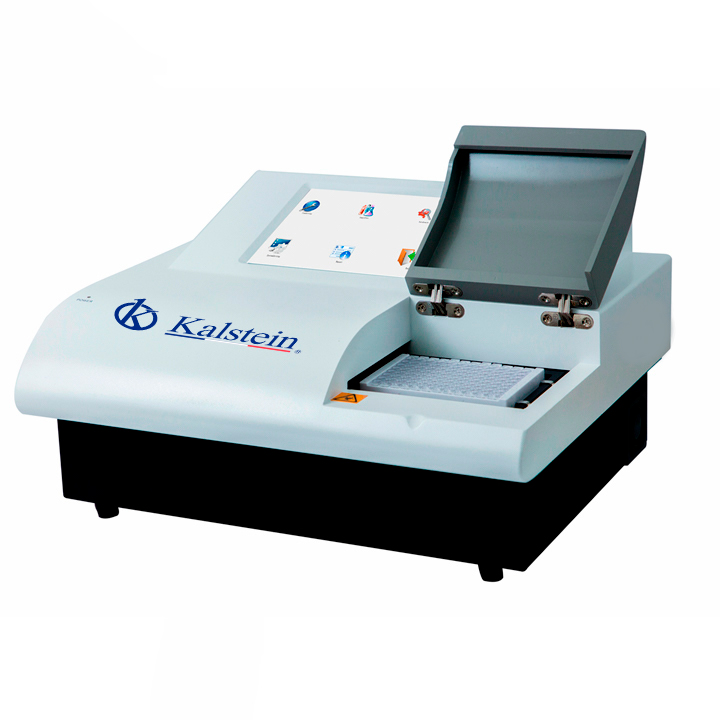The enzyme-linked immunosorbent assay (ELISA) is an immunosorbent assay used to identify antibodies in the blood. On the other hand, an antibody is a protein that circulates in the blood and is part of the immune system, these are produced when the body detects foreign substances in the body, that is, antigens.
This technique consists of three components of great importance, the antigen to be detected, an antibody to produce quantifiable reaction in antigen linked to the enzyme, and finally, a system that helps assess the amount of antigen in the sample when the enzyme reaction occurs.
The Elisa test has several applications, it is used in clinical laboratories to diagnose infectious diseases and in the area of research to monitor the production of antibodies. It detects diseases such as hepatitis B, cancer, COVID-19 and HIV, among others. Just as it helps human medicine, so it helps veterinary medicine, because the ELISA test diagnoses feline immunodeficiency virus, a disease that is very similar to HIV in humans.
Use of the Elisa technique for disease forecasting in animals
In veterinary medicine, ‘disease’ is defined as disturbance of the normal functioning of the animal and deterioration of the animal. Using the ELISA test it is possible to diagnose different infectious diseases in animals, thanks to its ability to detect antibodies in the blood. The rationale for this test is that antibodies bind to specific antigens.
The ELISA test is used to diagnose FIV, which, according to its acronym, means feline immunodeficiency virus, a viral disease that bears a similar resemblance to human HIV, and which is responsible for affecting and causing damage to the functioning of the immune system of cats. This virus affects about 11% of domestic cats worldwide.
This infectious disease in cats is acquired by mating and injecting saliva with infected lymphocytes, the product of bites caused by cat fights. There are different techniques for the diagnosis of feline immunodeficiency virus, among these are the serological tests that are done by indirect immunofluorescence ELISA, detecting antibodies that distinguish structural proteins from the virus. The results of the test can be read through a microplate reader.
Microplate Reader
A microplate reader is a type of spectrophotometer, however, it differs from conventional spectrophotometers because it works in a more limited range of wavelengths, between 400-750 nm. This device is compact and is mostly used in science and medicine to measure results of microbiological studies and the ELISA test, through microplates containing 96 microwells where the sample is contained in microliters.
The microplate reader is responsible, by means of absorbance, luminescence or fluorescence measurements, for reading test results. This instrument detects physical, chemical and biological anomalies by reading these measurements. This equipment is commonly known as an ELISA spectrophotometer, because of its relationship with the ELISA test, a technique used to detect antigens in samples. The operation of a microplate reader bears a similarity to the UV-visible spectrophotometers, because they measure the amount of light that a sample absorbs, at different wavelengths.
Kalstein brand microplate readers
If you are interested in buying a microplate reader for your research or clinical laboratory, Kalstein will find them, since we are MANUFACTURERS of a wide variety of equipment, which in addition to having a high technology, also have the best PRICES in the market and adaptable to your pocket. Our YR series microplate reader features: HERE
- 8-channel optical system, quantitative and qualitative test.
- External jet printer, multi-format patient report.
- High-light long-life LED source > 100,000 hours.
- External computer, large storage capacity for 1,000 test items and 1,000,000 results.
If you want to make the PURCHASE of our microplate readers, you can enter by clicking the following link HERE


